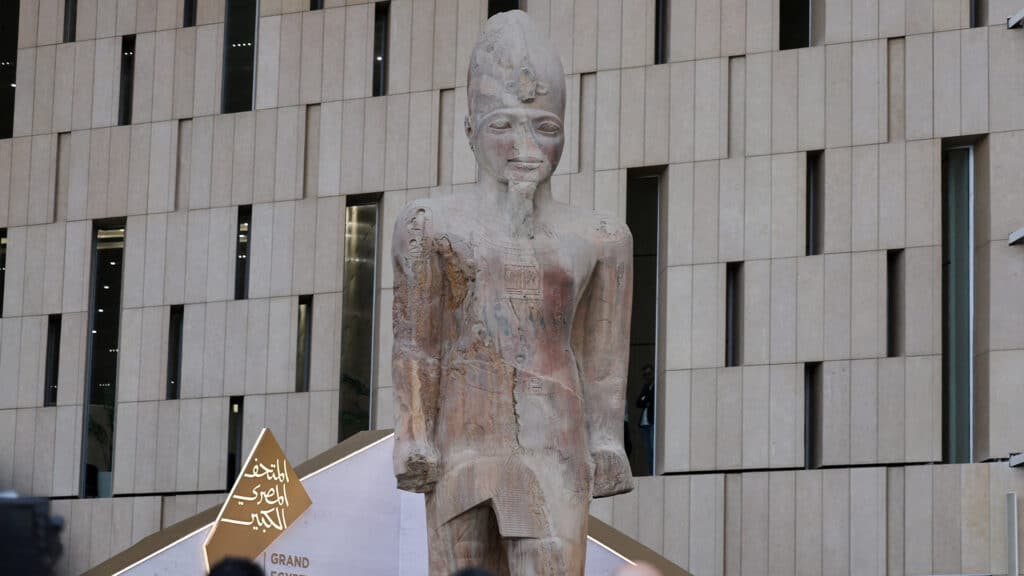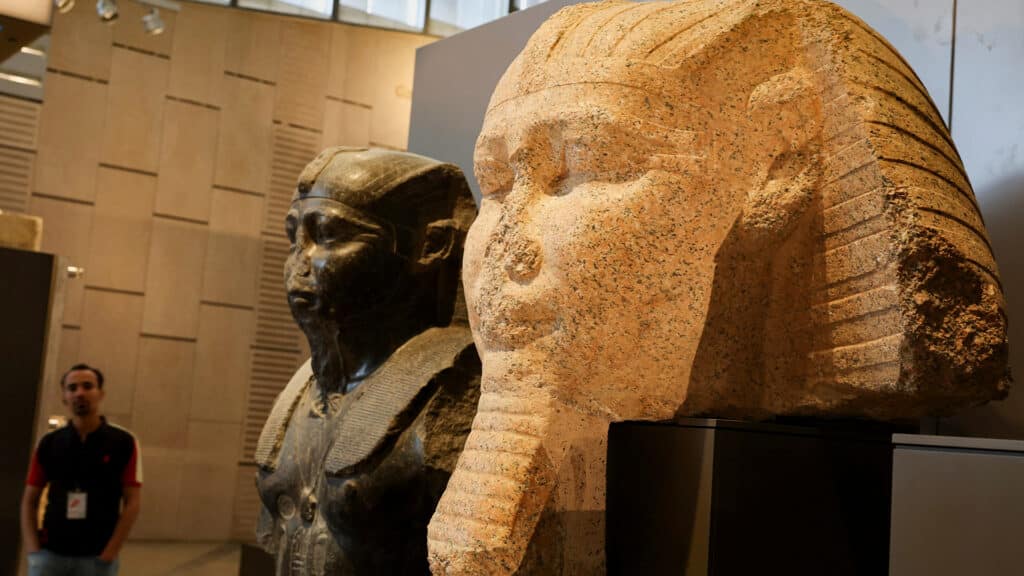
Egypt has celebrated the long-awaited opening of its largest museum of ancient history — the Grand Egyptian Museum, a project two decades in the making.
Located at the foot of the Giza Pyramids, the museum houses more than 100,000 artifacts, many of which have never before been displayed to the public.
The centerpiece of the collection is the treasure from Tutankhamun’s tomb, featuring more than 5,000 objects gathered together for the first time. Among them are the pharaoh’s famous golden death mask, jewelry, chariots, weapons and household items.

The main atrium features an 11-meter-tall, 83-ton statue of Ramses II, relocated from the old Egyptian Museum in Cairo. Nearby is the solar boat of Pharaoh Khufu, estimated to be about 4,500 years old.
The museum spans roughly 500,000 square meters and is built of glass and light sandstone, with panoramic windows offering views of the pyramids.
Notably, it is considered the largest museum in the world dedicated to a single civilization.
According to various estimates, the cost of construction ranged from $1 billion to several billion dollars.

